2-chloroethanol News
2-chloroethanol
-
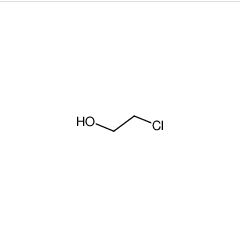
- Cas No.:107-07-3
- Appearance:Colorless liquid
- Molecular Formula:C2H5ClO
- ProductionCapacity:
- Inquiry
Detailed information
Vinyl chlorol is a transparent, colorless liquid with a mild ether flavor. It reacts with alkali metals. Vinyl chloride can be used as a laboratory reagent and pharmaceutical intermediate. Vinyl chloride is the basis for the production of pharmaceuticals, pesticides and plasticizers for the manufacture of important solvents, textile printing dyes, extraction of pine lignin, dewax, rosin refining, and machine cleaning. Several dyes are prepared by alkylation of aniline derivatives and chlorinated ethanol.
2-chlorinated ethanol is a molecular hoCH2CH2Cl and the simplest chlorool compound. This colorless liquid has a pleasant ether-like smell. It can be mixed with water. The molecule is a dual-official group consisting of an alkyl chlorine and an alcohol-based energy group.
Physical properties
Colorless liquid with a faint ether-like odor. The odor threshold concentration is 400 ppb
Chemical properties
2-chlorinated ethanol is a colorless liquid with a light ether taste that can be mixed with water. Ethylene chlorool and chloropropyl alcohol are the most prominent of halogens.
Production methods
2-chloroethanol is produced by the reaction of ethylene gas with dilute hydrochloric acid. The main use of 2-chlorosethanol was previously the production of ethylene oxide, where ethylene reacts with hypochloric acid. However, this procedure is not currently used in the production of ethylene oxide. In many cases, vinyl chlorol facilities have been converted into the production of acrylic chlorols, whose dechlorinated hydrogen produces propane oxide.
2-chloroethanol is produced by treating ethylene with hypochloric acid:
![]()
2-chloroethanol was once mass produced as a precursor to ethylene oxide:
![]()
This application has been replaced by more economical direct oxidation of ethylene. In addition, chloride is still used in the production of pharmaceuticals, fungicides and plasticizers. Many of these applications require it when installing 2-hydroxyethyl. Several dyes were prepared for the reaction of aniline derivatives and chlorosane ethanol alkylation. It is also used in the manufacture of thythyrides.
It is a solvent of cellulose acetate, ethyl cellulose, dewaxation of textile printing dyes, rosin refining, pine lignin extraction, machine cleaning.
use
Vinyl chloride is used to make pesticides, solvents as cellulose esters, sweet potatoes (Merck 1989) before planting, and ethylene glycol and ethylene oxide. Exposure to the compound may occur when formed by ethylene oxide during sterilization of grains and spices, medicines and surgical supplies. The compound has been used in the past to accelerate the germination of vines. Vinyl chloride (CH2Cl-CH2-OH; 2-chloroethanol) is used because of its specific solvent properties. It is a chemical intermediate for the production of ethylene glycol and ethylene oxide in the past. This alcohol is used to make pesticides and as a cleaner for machines. Release as a by-product in applications involving ethylene oxide, as well as accumulation in certain foods due to sterilization or packaging, may result in indirect exposure.
Chloride ethanol is a metabolite that degrades 1,2-dichloroethane. Alcohol is then further oxidized into chloroacetic acid through chloroacetaldehyde. This metabolic pathway is of great concern because billions of kilograms of 1,2-dichloroethane are processed into precursor to vinyl chloride each year
General instructions
2-chloride ethanol is a colorless liquid with an ether-like odor. 2-chloride ethanol is soluble in water and is also a flammable liquid. It reacts with alkali metals. Vinyl chloride can be used as a laboratory reagent and pharmaceutical intermediate. Vinyl chloride is the basis for the production of pharmaceuticals, pesticides and plasticizers for the manufacture of important solvents, textile printing dyes, extraction of pine lignin, dewax, rosin refining, and machine cleaning. Several dyes are prepared by alkylation of aniline derivatives and chlorinated ethanol.
Health hazard
Vinyl chlorohydrin is a serious acute poison. The target organs are the central nervous system, cardiovascular system, kidney, liver, and gastrointestinal system. The symptoms of acute poisoning are respiratory distress, paralysis, brain damage, nausea and vomiting. In addition, vinyl chlorohydrin can cause liver glutathione depletion and kidney polyuria.
Ingestion of 20-25 mL may be fatal to humans. Due to metabolic acidosis and respiratory failure, death may occur within 48 hours. Ethanol therapy obviously has no benefit in treatment (Deng et al., 2001). Skin contact may be more toxic than oral. Inhalation of its vapor can cause nausea, vomiting, headache, chest pain and coma (ACGIH 1986). At high concentrations, death may occur. Exposure to 300 ppm for 2 hours may be fatal to humans.
LD50 value, oral (mouse): 81 mg/kg LD50 value, intraperitoneal (mouse): 97 mg/kg vinyl chloride to skin
, eyes, nose and mucous membranes are irritating. It is a mutagenic agent Salmonella typhimurium confirmed by the Ames test. It inhibits the growth of DNA-deficient bacteria. Exposure to this compound increases chromosomal aberrations in the bone marrow of rats. The Theodore threshold is 0.4 ppm.
A 2-year skin study showed that there is no evidence that ethylene chlorohydrin is carcinogenic to rodents (NTP 2004). However, the compound caused malformed fetuses and maternal deaths in laboratory animals.
Safety Introduction
Intoxication by ingestion, inhalation, skin contact, intraperitoneal, intravenous and subcutaneous routes. Inhalation is moderately toxic to humans. It can affect the nervous system, liver, spleen and lungs. An experimental teratogen. The mutation data is reported. Severe irritation to eyes and mild skin. It is a flammable liquid when exposed to heat, flame or oxidant. To extinguish the fire, use alcohol foam, carbon dioxide, and dry powder. It reacts violently with chlorosulfonic acid, ethylamine and sodium hydroxide. Reacts with water or steam to produce toxic and corrosive fumes. May react violently with oxidizing substances.


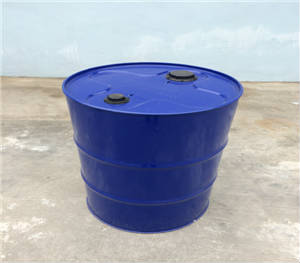
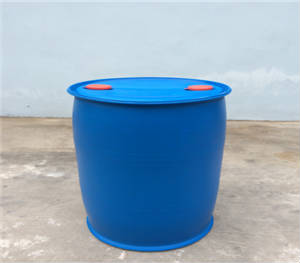
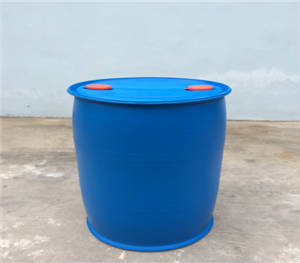
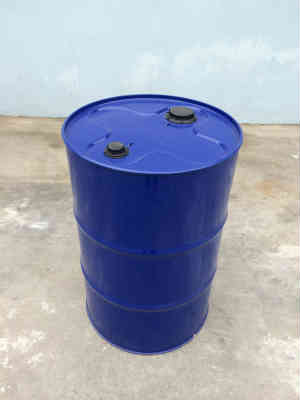
 < /a>
< /a>